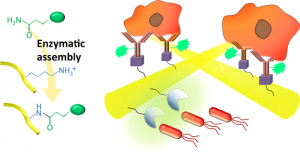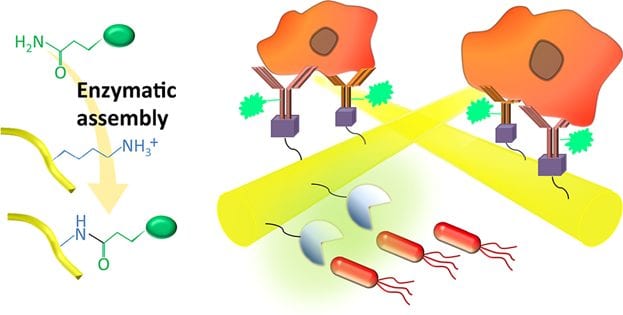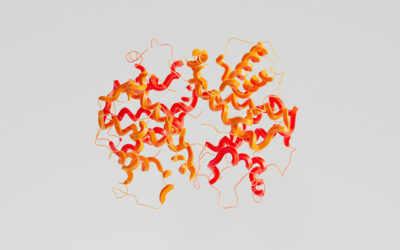Spider silk is a protein fiber spun by a spider from its spinnerets to construct intricate webs to capture its prey. Delicate in appearance but exceptionally strong, durable and elastic material with unique biochemical and biophysical properties, the spider silk has found its way into different human applications since ancient times. Traditional uses of this material include catching fish and dressing wounds for faster healing. Most recent high-tech applications include using it as crosshairs in the optical instruments and suspension cords to hold targets in a fusion energy research. Natural regenerative abilities of the spider silk did not go unnoticed by the biomedical research community: it was shown to facilitate mammalian neuronal regeneration and used to build scaffolds for skin reconstruction.
 In this Biotechnology and Bioengineering paper William Bentley and coworkers at the Fischell Department of Bioengineering, University of Maryland, and their colleagues in the Department of Biochemical Science and Technology, National Taiwan University and US Army Research Laboratory, report the biofunctionalization of micron scale native spider silk fibers by coating them with enzymes, enzyme pathways, antibodies and fluorescent proteins, engineered with pentaglutamine tags in microfluidic environments. The authors tested several microfluidic devices where silk and different biological molecules were arranged in various geometrical patterns. A perpendicular arrangement of silk fibers functionalized with antibodies showed selective capture of head and neck carcinoma cells, while asymmetric conjugation of bacterial inducer enzymes to arranged silk resulted in asymmetric chemotaxis of bacterial cells.
In this Biotechnology and Bioengineering paper William Bentley and coworkers at the Fischell Department of Bioengineering, University of Maryland, and their colleagues in the Department of Biochemical Science and Technology, National Taiwan University and US Army Research Laboratory, report the biofunctionalization of micron scale native spider silk fibers by coating them with enzymes, enzyme pathways, antibodies and fluorescent proteins, engineered with pentaglutamine tags in microfluidic environments. The authors tested several microfluidic devices where silk and different biological molecules were arranged in various geometrical patterns. A perpendicular arrangement of silk fibers functionalized with antibodies showed selective capture of head and neck carcinoma cells, while asymmetric conjugation of bacterial inducer enzymes to arranged silk resulted in asymmetric chemotaxis of bacterial cells.
Biofunctionalized native spider silk fibers can be used in a wide spectrum of biomedical and biotechnological applications designed to diagnose and treat diseases, biosafety testing, constructing more complex biotextiles and more.

















